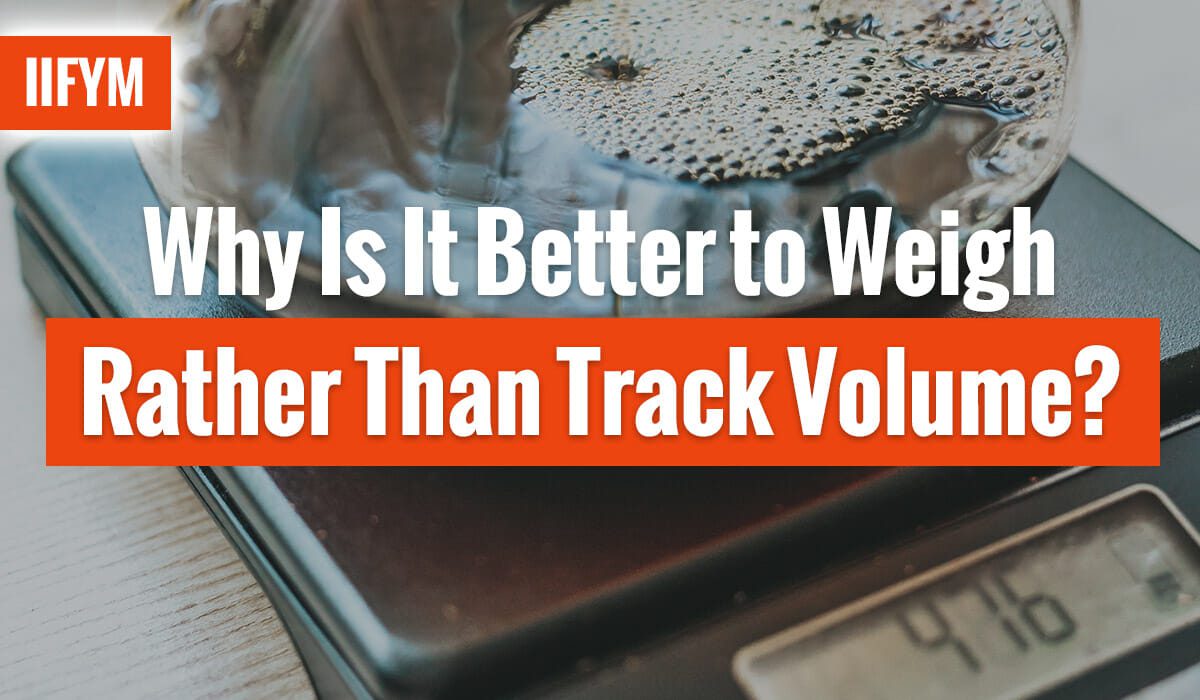This is a game changer for some of our clients. They realize that they’ve been overeating due to tracking volume and essentially counting macros improperly.
Before moving forward, you should make sure you have a proper macro breakdown. If you don’t, refer to our IIFYM macro calculator first!
Moving on, below we’re going to break down a common mistake associated with this topic.
Counting Macros with Weighing vs. Volume
For instance, you plan on eating a peanut butter and jelly sandwich. You decide to measure out 3 tbsp. of Maranatha peanut butter, which is equivalent to about 48 grams. This is taken at face value and you fill each tbsp to the brim.
This is supposed to provide you with:
| Macronutrient | Number in Grams (g) |
|---|---|
| Protein | 12 |
| Carbohydrates | 10.5 |
| Fat | 24 |
| Calories | 306 |
A week later you hear that weighing is far more accurate, so you decide to use the exact measurement of peanut butter. Yet, after weighing it out, the output provides you with 64 grams.
Here’s the difference in macros after weighing the same measurement:
| Macronutrient | Number in Grams (g) |
|---|---|
| Protein | 16 |
| Carbohydrates | 14 |
| Fat | 32 |
| Calories | 408 |
You notice the massive discrepancy. Weighing streamlines counting macros significantly, it reduces accidental overeating. Instead of unintentionally eating 408 calories of peanut butter, you consume the original calorie intake of 306 from the first table.
If you’re having trouble with your diet plan, our highly skilled coaches are here to help you with your goals. It all starts with a Macro Blueprint.



